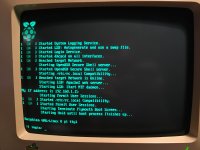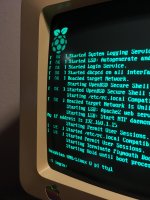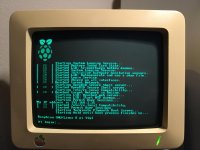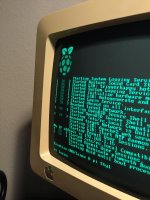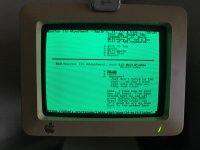MultiFinder
Well-known member
Hello all! Quick question for you all; I have an Apple Monitor IIc that works wonderfully, and I have been using it with my Raspberry Pi for a while now, running a couple of Apple II emulators when I don't feel like bringing out my IIc Plus. The only issue that I have with it is that the left side is stuffed under the left edge of the housing a bit. It's still displaying what it should be, but it's shifted to the left just a tad more than it should be.
Is there any way to adjust the horizontal position or sizing of the picture on this monitor? The only knobs on the back are for vsync, vertical stretch, and brightness. I'd appreciate any input; it's not unusable by any means, but it would be nice to see the first character of each line without turning my head a bit. Thanks!
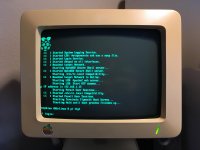
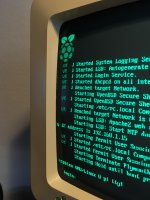
Is there any way to adjust the horizontal position or sizing of the picture on this monitor? The only knobs on the back are for vsync, vertical stretch, and brightness. I'd appreciate any input; it's not unusable by any means, but it would be nice to see the first character of each line without turning my head a bit. Thanks!


Last edited by a moderator:

